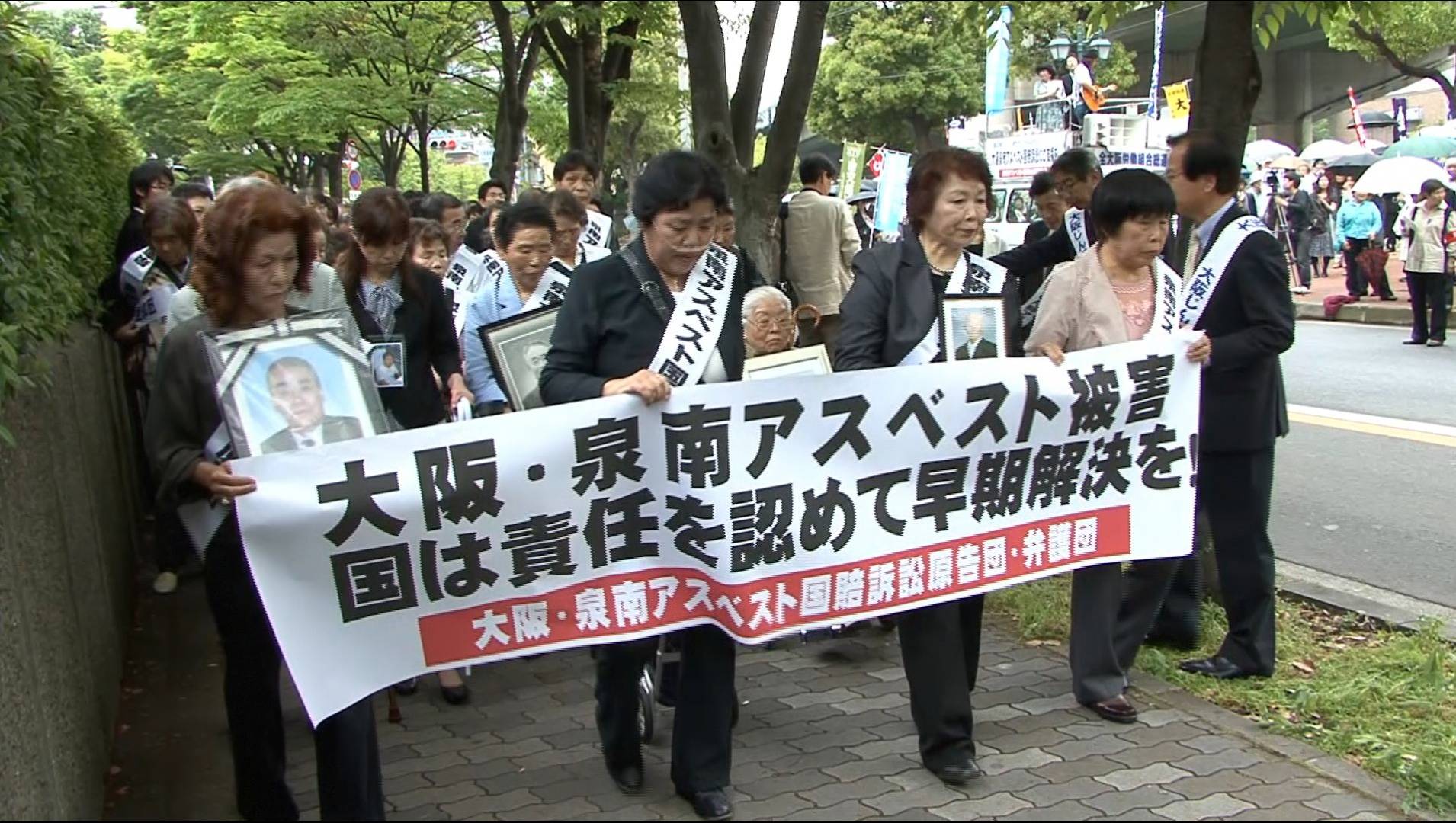A lot of the news coverage for Kazuo Hara’s award-winning 2018 documentary, “Sennan Asbestos Disaster,” noted two aspects of the production that had nothing to do with its content. The first was that the film was a “return to form” for the then-72-year-old director, who tends to cover subjects involving confrontation.
The second was the film’s length: 3½ hours, which, compared to works by American documentarian Frederick Wiseman or China’s Wang Bing, isn’t particularly tortuous. The long running time was, in fact, intrinsic to the nature of the story Hara wanted to tell about the decade-long legal battle between the residents of Sennan, Osaka Prefecture, and the Japanese government.
The plaintiffs demanded compensation for the pain and suffering they experienced due to the asbestos factories in their neighborhood. Though the carcinogenic building material was first regulated in 1975 and a partial ban had been in effect since 1995, a total ban was not implemented until 2012. The lawsuit was filed in 2006 on behalf of 31 people — some workers at the Sennan asbestos factories, others nearby residents — many of whom were already seriously ill with lung diseases associated with asbestos exposure.


















With your current subscription plan you can comment on stories. However, before writing your first comment, please create a display name in the Profile section of your subscriber account page.